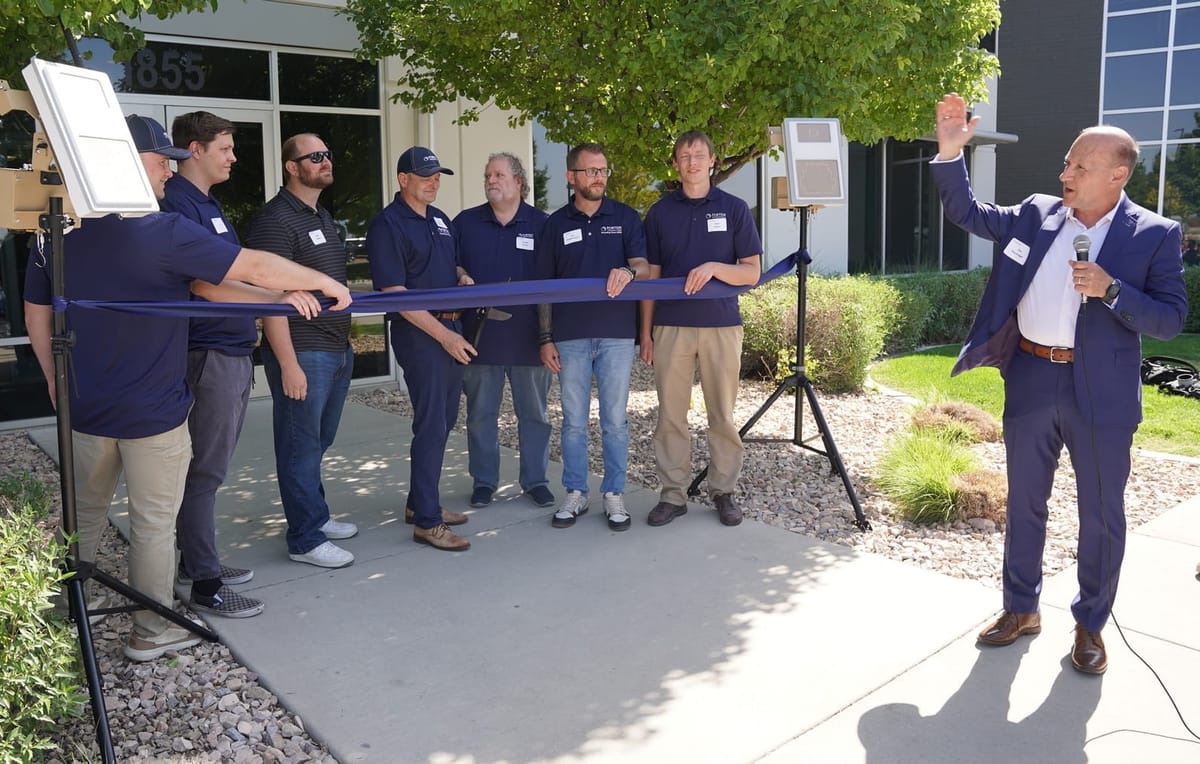

Lindon, Utah – June 17, 2025
Fortem Technologies, a global leader in airspace security, today unveiled its new 51,000-square-foot headquarters and manufacturing facility in Lindon, Utah. The expansion more than doubles the company’s production capacity for its counter-unmanned aerial system (C-UAS) technologies, including the DroneHunter® interceptor and TrueView™ radar.
The move comes as drone warfare continues to reshape modern conflict. “Drones have upended the economics of air warfare,” said Jon Gruen, CEO of Fortem Technologies. “For a few thousand dollars, adversaries can now threaten billion-dollar assets. This facility gives us the scale and speed to respond—now, not five years from now.” The remarks point to a shift in battlefield dynamics, where low-cost aerial threats increasingly challenge traditional defense systems.
The new building consolidates Fortem’s operations under one roof, replacing its former office space in Pleasant Grove and adding over 10,000 square feet of dedicated manufacturing space, on-site flight testing areas, and pre-approved plans for 15,000 square feet of future expansion.

Fortem Co-Founder and Chief Technology Officer Adam Robertson set the tone of the morning event with a speech that tied the company’s mission to deeply held personal values. “The most important things in my life are my faith, my family, and my country,” he said, framing Fortem’s work as a direct extension of American ideals of freedom and security. He emphasized the growing threat posed by small, weaponized drones—often deployed by state actors and terrorist groups—and introduced Fortem’s flagship counter-UAS system, DroneHunter®. “Who’s going to stop this threat?” he asked the crowd before cueing a live demonstration high above the audience. In the simulation, the autonomous DroneHunter intercepted and safely captured a mock aerial intruder, then gently deposited it in the parking lot beside the crowd. “There’s no gunfire, no explosions—just precision, control, and the ability to analyze the threat afterward.” The moment encapsulated Fortem’s blend of cutting-edge engineering and mission-driven urgency.
From Lindon, Fortem will manufacture and ship its complete suite of airspace defense systems, including the DroneKiller™ interceptor and proprietary SkyDome® airspace command software. These technologies are already deployed by military and homeland security forces in Ukraine, the Middle East, and across strategic infrastructure sites worldwide.
State and Strategy: Utah’s Emerging Role in U.S. Defense Innovation
At the ribbon-cutting event, Utah leaders emphasized that Fortem’s expansion is more than just a business milestone—it marks a strategic shift in the way innovation, national defense, and local economic development intersect.
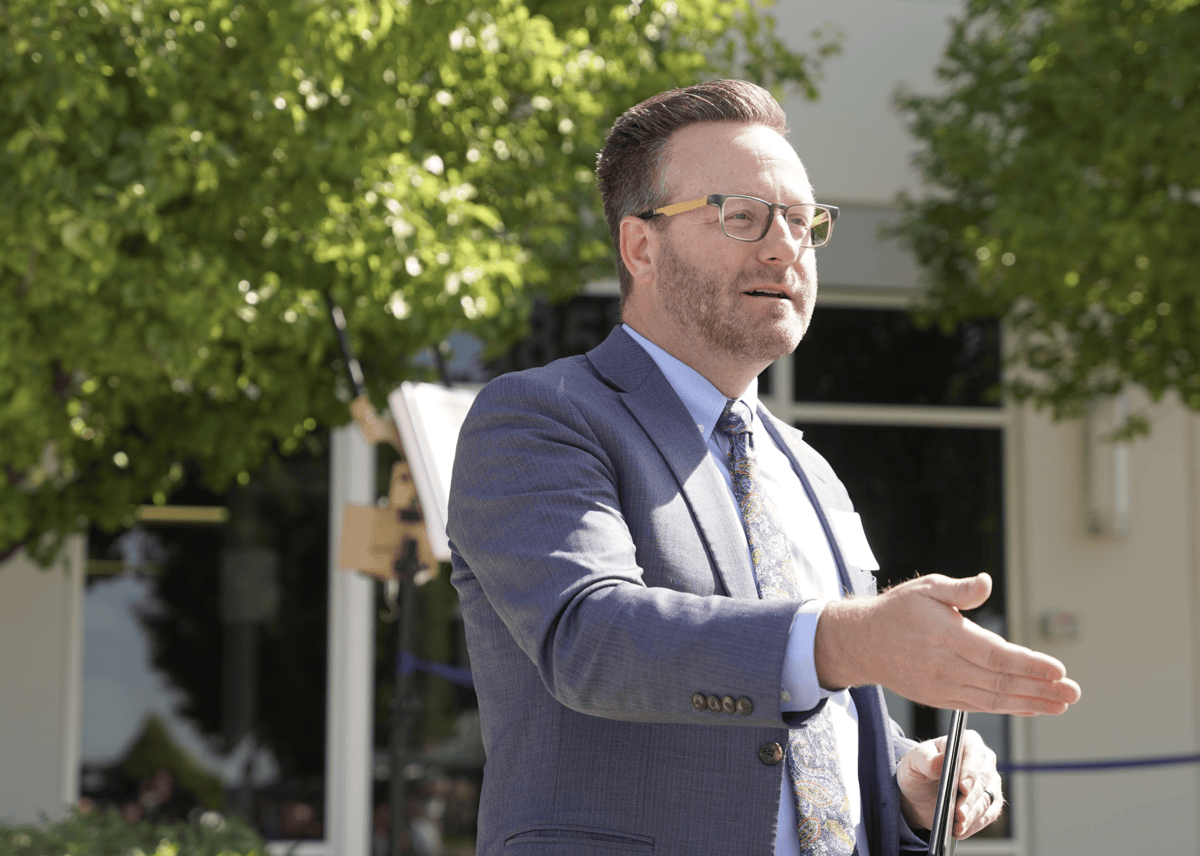
Utah State Senator Brady Brammer recalled watching Fortem’s early drone testing from his law office nearby. “I saw Fortem start out as a small operation testing drones in a field,” Brammer said. “When Adam Robertson stepped away from the legislature to grow this company, I knew something serious was happening—something the country needed.”
Brammer praised Fortem’s co-founder Adam Robertson for his personal mission “to protect and defend our liberties,” noting that Utah County’s transformation into a tech powerhouse is no accident. “This isn’t just another expansion. It’s a turning point for Utah County, which is no longer just a regional player—we're now a strategic node in the national defense infrastructure,” he said. “For decades, companies like WordPerfect, Novell, and Qualtrics shaped our tech identity. Fortem is defining our future.”
Following Brammer, Major General Jefferson Burton (Ret.), a decorated combat veteran and former Adjutant General of the Utah National Guard, brought the global picture into sharper focus.
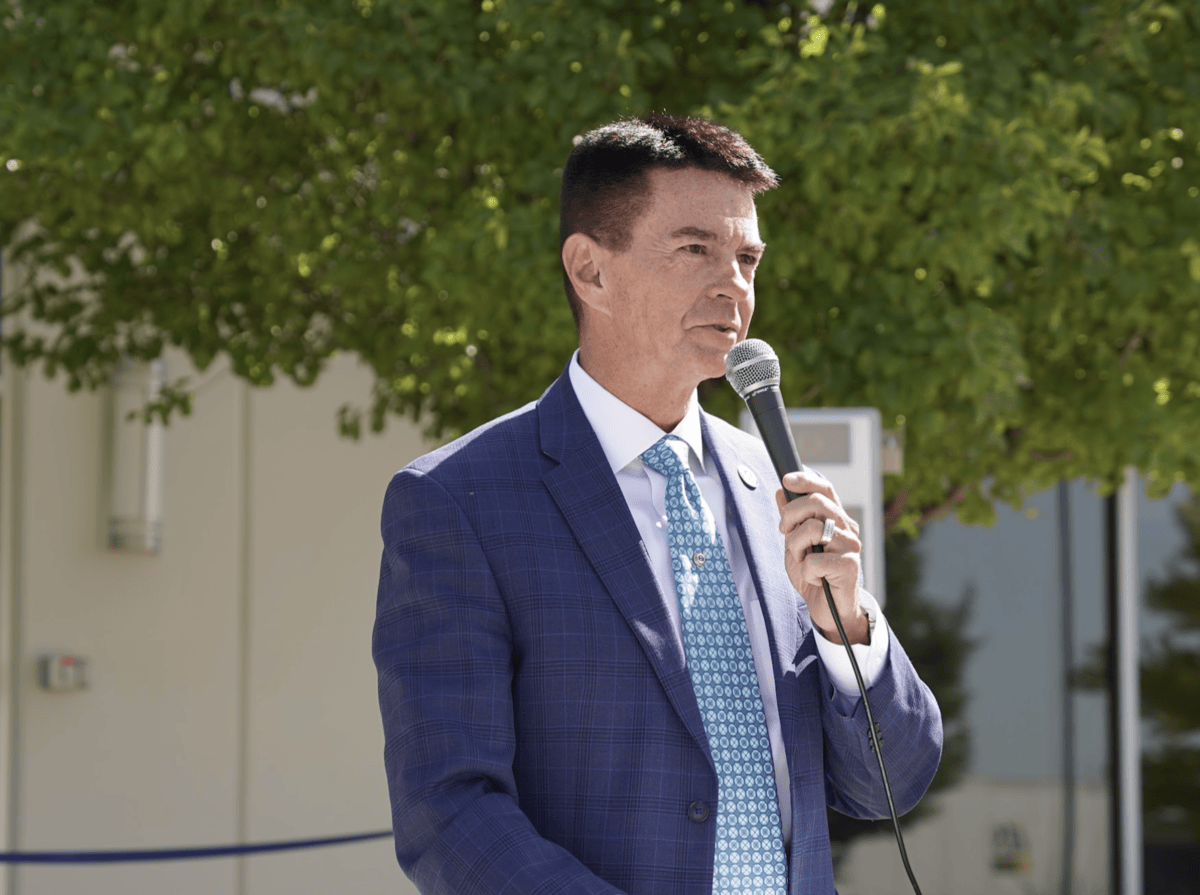
“You don’t have to wear a uniform to be a patriot,” Burton told Fortem’s team. “What you’re doing here is extraordinary. You’re solving billion-dollar defense problems with smart, fast, cost-effective solutions. That’s the future of warfare—and it’s being built right here in Lindon.”
Drawing on his time leading U.S. combat engineers in Iraq, Burton emphasized the increasing power of low-cost, high-impact technologies. “A third of Russia’s strategic bomber fleet was destroyed by drones. That’s the scale of disruption we're talking about. Fortem is building the kind of tools that can tip the balance—not just in warzones, but around airports, critical infrastructure, and civilian airspace.”
He called on both government and industry to embrace innovation as a national imperative. “Our adversaries aren’t always nation-states, and they don’t need billions to cause harm. We can’t afford to be asleep at the switch. Technology is no longer just part of the defense equation—it is the defense equation.”
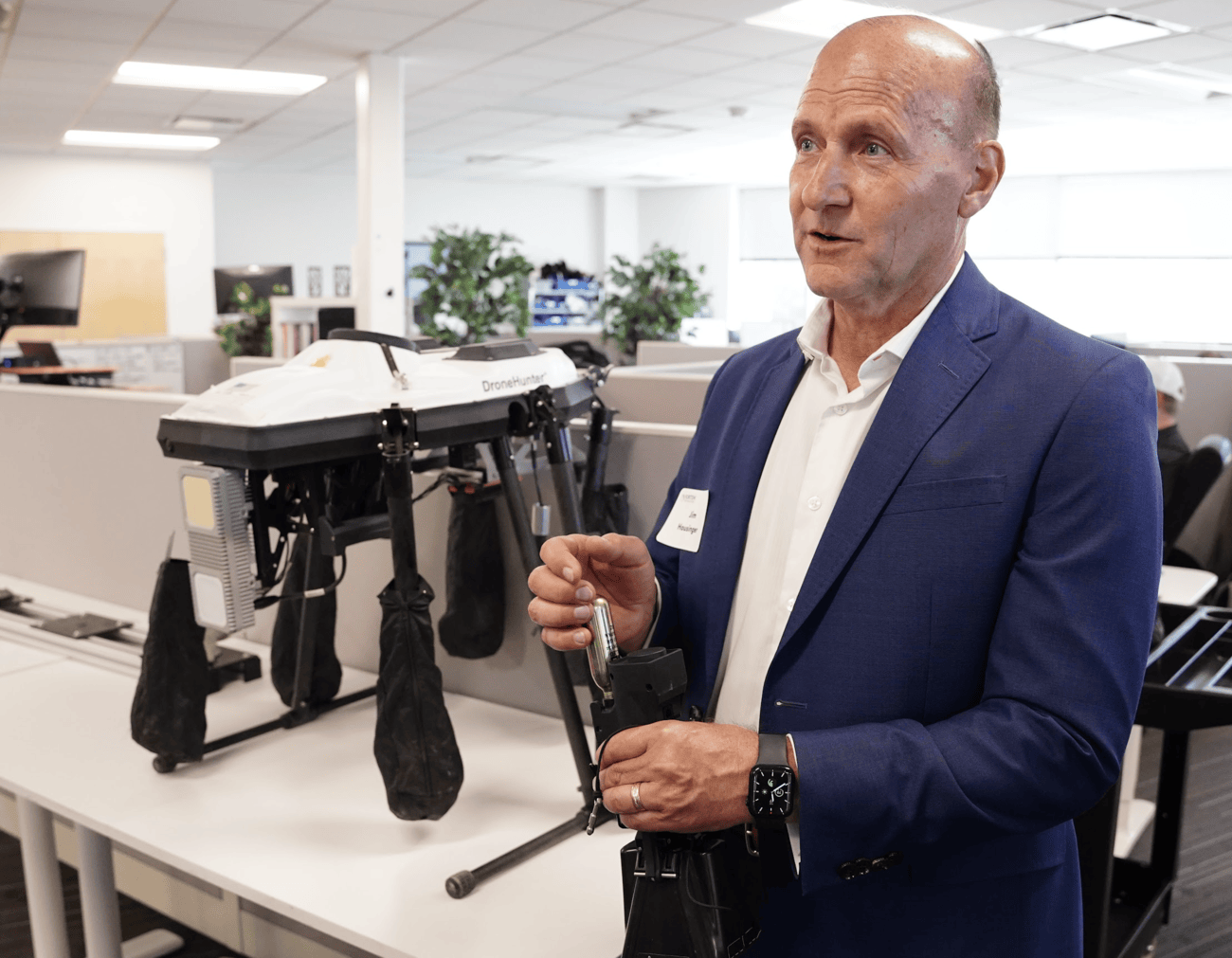
As Fortem scales up production of its DroneHunter® interceptor, TrueView™ radar, and SkyDome® command software, Utah leaders made one thing clear: the company isn’t just growing—it’s helping redefine the nation’s approach to security, strategy, and innovation.
Fortem’s systems, guided by AI-enabled radar and kinetic interceptors, are the only drone-on-drone solutions currently authorized for use in U.S. airspace. To date, the company has conducted over 70,000 test flights and completed 5,500 successful drone captures in Utah alone.
At full capacity, the new facility will produce:
- 600 radar units per month
- 40 DroneHunter® interceptors per month
- 300+ ground-launched air-to-air munitions (GLAAMs) per month
- 20 drone hangars per month—a capability that was previously outsourced
The company holds ISO 9001:2015 and AS9100D certifications and is actively scaling its in-house radar assembly while reducing dependence on foreign electronics suppliers. Fortem’s Utah-based team has grown to over 100 employees, with room to double as production accelerates.
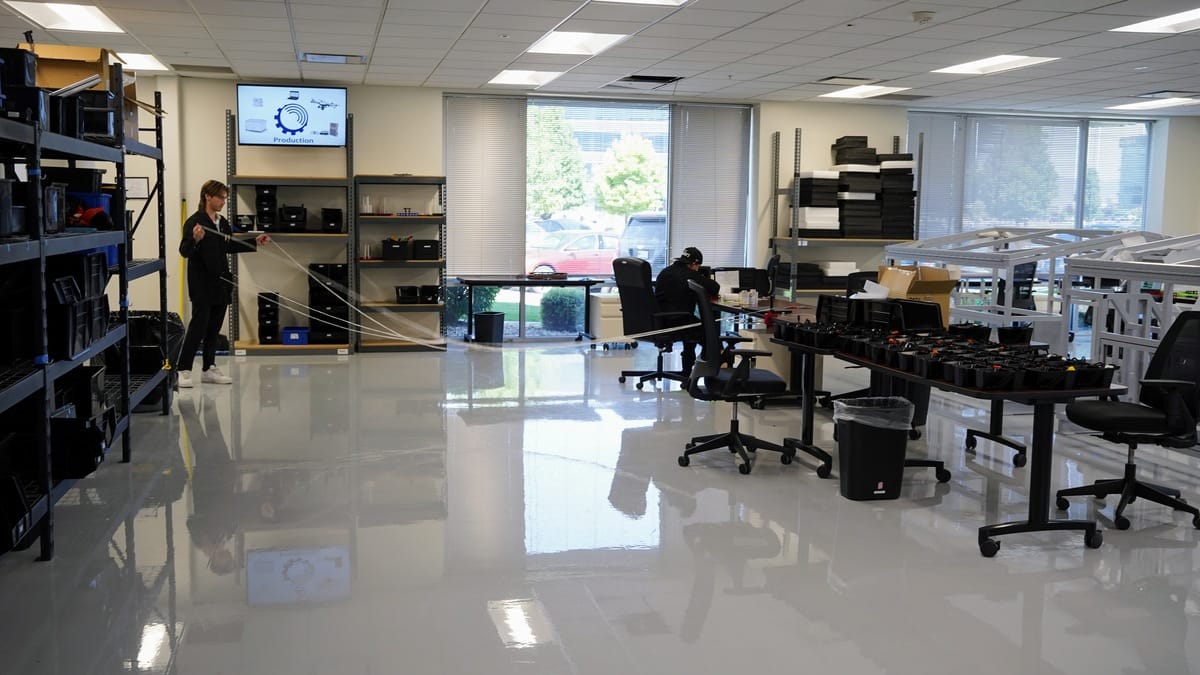
Fortem Technologies delivers advanced airspace security systems that counter today’s autonomous threats and enable tomorrow’s air mobility. Its integrated solutions combine TrueView™ radar, AI-enabled SkyDome® software, and kinetic and non-kinetic drone interceptors. Fortem’s technology is deployed worldwide and is the only kinetic interceptor system approved for U.S. airspace. Backed by Boeing, Toshiba, Lockheed Martin, DCVC, and Mubadala Investment Company.
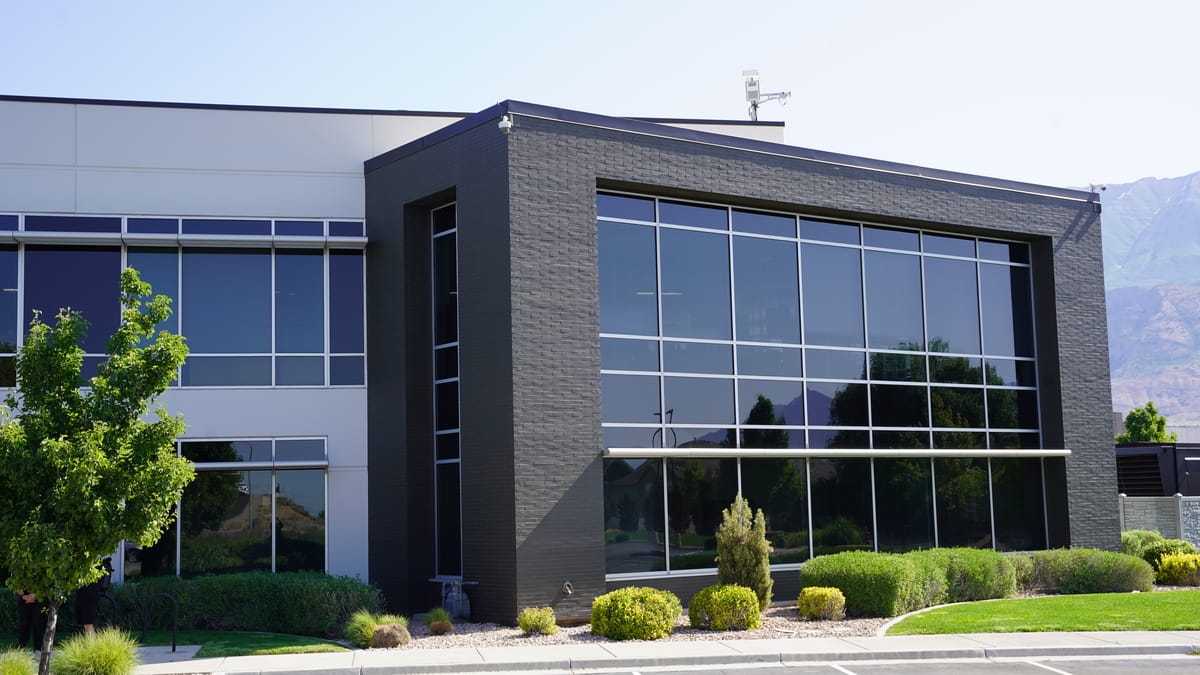
Fortem is privately held and headquartered in Lindon, Utah.
Learn more at fortemtech.com.
Read CEO Jon Gruen's Wall Street Journal opinion article here.
View videos below of Fortem's DroneHunter® interceptor.

